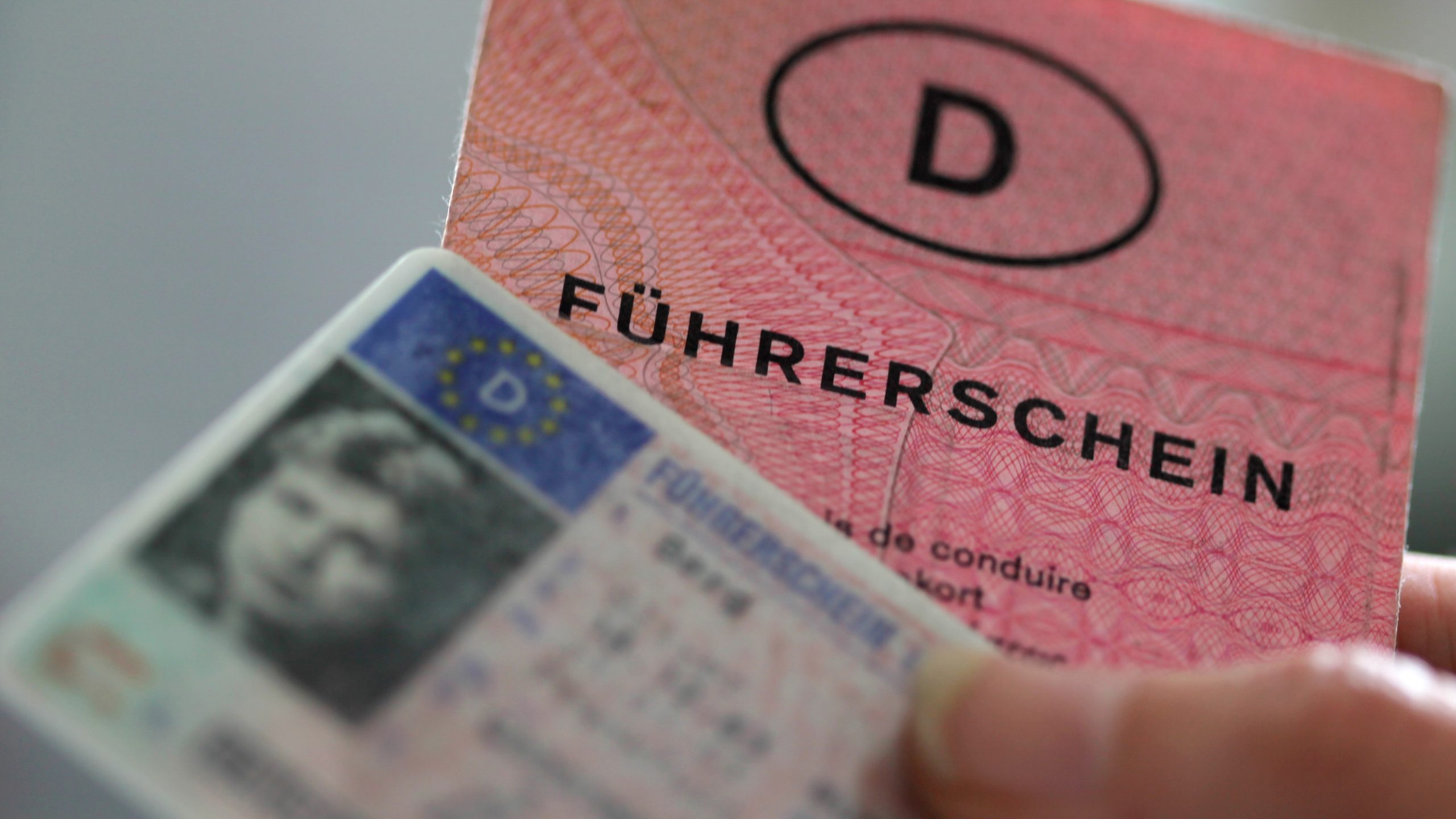How to Legally Buy a Driver's License: A Comprehensive Guide
Acquiring a chauffeur's license is a substantial turning point for many individuals, representing self-reliance and the ability to travel freely. Nevertheless, the procedures and guidelines surrounding acquiring a driver's license can be intricate, leading some individuals to look for shortcuts. It is vital to highlight that buying a driver's license legally isn't about bypassing guidelines; rather, it's about understanding the legitimate procedures for acquiring a chauffeur's license in your jurisdiction. This article aims to notify readers about the appropriate procedures and guidelines for obtaining a driver's license legally.
Comprehending the Legal Process of Obtaining a Driver's License
Before delving into the requisite actions for getting a motorist's license, it's necessary to comprehend the legal structure that governs these processes. Each state or country has its own Department of Motor Vehicles (DMV) or comparable authority, which controls the issuance of driver's licenses. Here's a breakdown of the typical steps associated with acquiring a motorist's license legally:
| Step | Description |
|---|---|
| 1 | Eligibility Check: Verify age, residency, and other requirements. |
| 2 | Learner's Permit (if required): Some areas need acquiring a student's authorization before making an application for a full license. |
| 3 | Motorist's Education: Complete any required motorist's education courses. |
| 4 | Practice Driving: Accumulate the needed number of practice hours. |
| 5 | Composed Test: Pass a written exam covering traffic laws and policies. |
| 6 | Road Test: Successfully complete a driving test with an examiner. |
| 7 | Application Submission: Submit the application in addition to needed files and charges. |
| 8 | Receiving the License: After passing all tests and conference requirements, get the chauffeur's license. |
Step-by-Step Breakdown of Each Phase
1. Eligibility Check
The primary step towards obtaining a motorist's license is to confirm that you satisfy the eligibility criteria. Generally, this includes being of a certain age (frequently in between 16 to 18 years), being a homeowner of the state in which you are using, and having valid identification.
2. Learner's Permit
In numerous locations, you must initially get a learner's license, which allows you to practice driving under particular limitations. This authorization typically needs passing an initial written test and is generally available to more youthful candidates.
3. Motorist's Education
Numerous states mandate completion of a motorist's education course that consists of both class instruction and behind-the-wheel training. This education assists new chauffeurs comprehend safe driving practices and state-specific traffic laws.
4. Practice Driving
The majority of jurisdictions need a set variety of hours driving under guidance before you can take the roadway test. Check your state's policies to find out how many hours are needed and what external conditions are required (e.g., night driving).
5. Written Test
Before taking the roadway test, candidates should usually finish a written examination. This test typically examines understanding of roadway indications, traffic laws, and safe driving methods.
6. Road Test
The road test assesses your practical driving skills. An inspector will assess your ability to manage a car while complying with traffic laws during a set driving path.
7. Application Submission
After passing the tests, you will require to send a formal application for your driver's license. www.expressdeutschekartes.com can typically be done in individual at your local DMV workplace or in some cases online. Ensure you have the required files, such as identity confirmation and evidence of residency, and be prepared to pay the license fee.
8. Receiving the License
When all requirements are satisfied, you will get your driver's license. Keep in mind that in some jurisdictions, a provisionary license may be released at first, followed by a complete license after keeping a tidy driving record for a given duration.
Frequently Asked Questions (FAQs)
1. Can I use a foreign driver's license in the United States?
Yes, many states permit tourists to drive with a valid foreign chauffeur's license for a set duration. Nevertheless, it's important to check particular state guidelines, as the guidelines differ.
2. What is the minimum age to get a driver's license in the United States?
This varies by state, however the minimum age is usually in between 16 and 18 years. It is recommended to talk to your state's DMV.
3. The length of time does it take to get a chauffeur's license after passing tests?
Once all requirements are satisfied, numerous states release the license on the exact same day, normally in the form of a temporary license till the main card shows up by mail.
4. What documents do I need to make an application for a motorist's license?
Documents frequently consist of proof of identity (passport, birth certificate), proof of residency (utility costs, lease), Social Security number, and sometimes, school attendance records for minors.
5. Can I get a motorist's license if I have a criminal record?
Having a rap sheet might affect your capability to acquire a chauffeur's license, particularly if the offense relates to lorry operation. Regulations vary by state, so it's essential to examine particular requirements.
Getting a chauffeur's license legally requires a clear understanding of the particular processes, requirements, and guidelines in your location. While it may appear troublesome, following the proper steps ensures safety, compliance with the law, and a valid license that supports the flexibility to drive legally. By focusing on education, practice, and adherence to legal guidelines, potential drivers can confidently navigate the journey to ending up being certified motorists.

